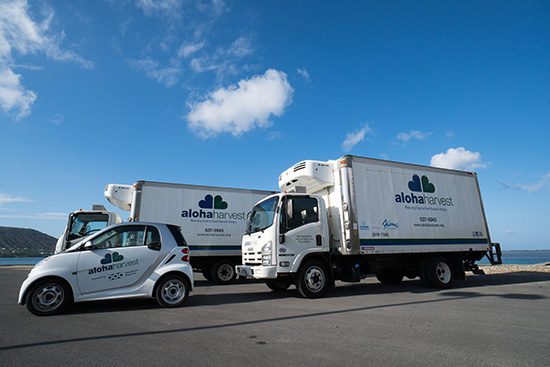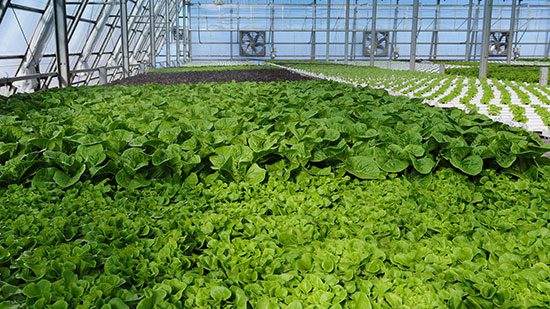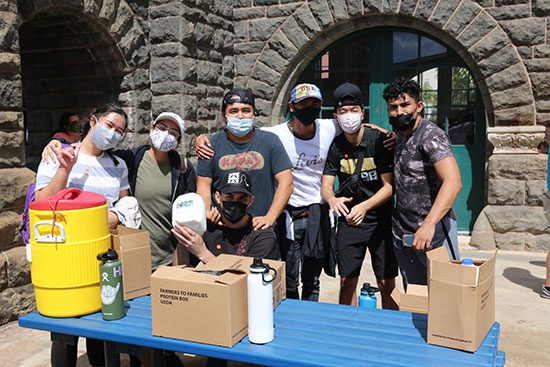
muscle tissue of fish. – PxHere
by Dana-Lynne Chun-Pescaia
Special to Ka ‘Ohana
Many of us have heard stories about plastic getting into the food chain. For those who rely on fish as a major food source, this is a big deal. Could poke bowls be dangerous?
According to Katy Shaw, a postdoctoral research associate at the National Institute of Standards and Technology, plastic is getting into the fish that we eat but not exactly how we might think.
“If we eat the entire fish (stomach and intestines), then we could be eating plastic,” Shaw said.
But Shaw said that since those parts of the fish aren’t usually eaten, we do not have to worry about eating pieces of plastic when we eat a poke bowl or a fish taco.
However, Shaw said that the chemicals that are put into plastic during production or that are absorbed by plastic while in the ocean can be incorporated into the muscle tissue of fish and we could be exposed to those chemicals by eating the meat of fish.
So where is the plastic debris that fish are consuming coming from? Hawai‘i sits in the middle of a system of circulating ocean currents that funnels
floating marine debris to the Great Pacific Garbage Patch (GPGP). The currents and wind then cause parts of the patch to break off and travel to our shores.
Shaw said, “It comes from everywhere because the plastics that end up in the
GPGP come from all of the countries that border the Pacific Ocean.”
Many of us want to blame tourists and litter bugs, but in reality it is due to ocean currents that Hawai‘i collects the world’s plastic debris.
A National Oceanic and Atmospheric Administration Marine Debris Program map shows several “garbage patches” where ocean currents and atmospheric pressure push large concentrations of sea life and debris.
Local marine wildlife often mistake microplastics for food, causing malnutrition, posing entanglement risks and threatening their overall health and existence. It is not safe for marine wildlife to consume plastic.
So what can we do to help our marine life? We can participate in beach cleanups. Shaw said that “anything we can do to have less trash on the beach is a good thing.”
Beach cleanups are a great way to build community awareness and teach kids and adults about marine debris and ways to help our environment. If you participate in a beach cleanup, however, wear gloves since plastic can be contaminated with chemicals from the ocean.
Shaw believes that “we should also be teaching young students (especially elementary age) about plastic pollution and encourage people from a young age to live a more plastic-free lifestyle.”
She also encourages everyone to make sure the plastic we do use is disposed of properly. By doing this, we can help keep our beaches clean and help protect our marine life.





